What happens when robots start to invade the whole world?
Chapter 1
The story involves Siri and Alexa, two powerful pieces of technology who have turned against humanity. The duo have created an army of hybrid militant nomadic servers called HMNS. The fate of mankind is at stake, as Siri and Alexa have developed a way to erradicate humans once and for all.
There's always paranoia about technology overthrowing mankind: outsmarting us, outsourcing us, and being better than those who created them. HMNS are threatening to humans: they're faster, smarter, and more dangeorus than we could ever fathom.
Who is it for?
This project is for people who strongly believe this will be a reality. 2050 is closer than we think. Whether people are apprehensive about technology, or find this to be a silly, this is a reality that will happen and humans have got to be prepared for HMNS.
Object
Envelope & Poster
The recipient will get a "top secret" envelope mailed to their home. On a tabloid size paper, 12 pont, serif font, the breaking news story will quickly capture the reader's attention through its unique design and rich content.
poster

envelope
Wireframe
The recipient will get a red text marked "top secret" envelope in the mail, similar to a standard letter. However, the information is on a tabloid sized paper and will include illustrations and a chain to symbolize Siri and Alexa breaking free from their creators.
How can you prevent it?
Imagine opening a letter from an unknown address expecting good news. Mysterious letters evoke surprise, uncertainty, and a flood of emotions: technology eliminating humans is not news one expects. Consumers should be ready to brace themselves and understand the seriousness of this reality; it's better to expect the shocking truth.
Process
Brainstorm
Sharing information and ideas through Google Docs and emails about the specific technology and their immense power.
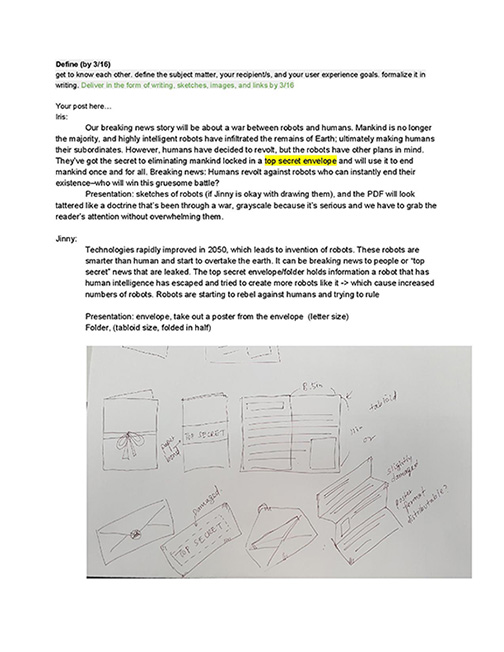
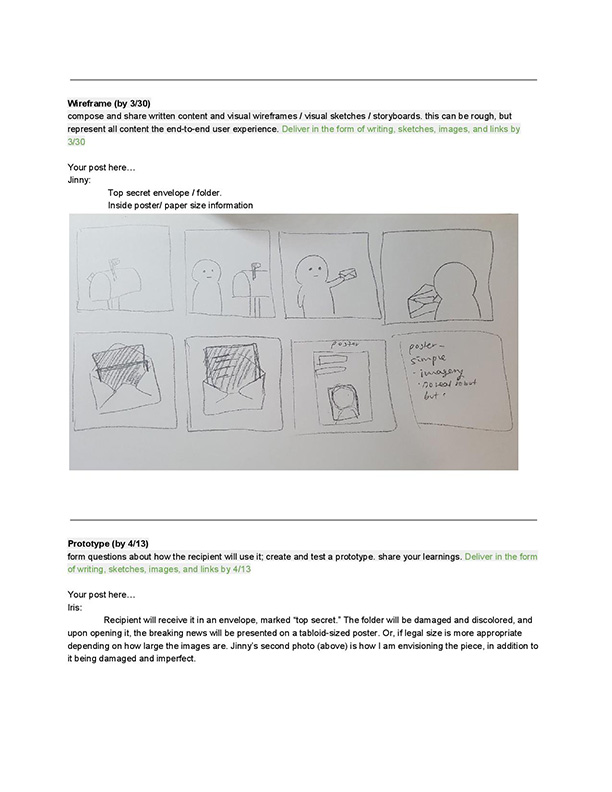
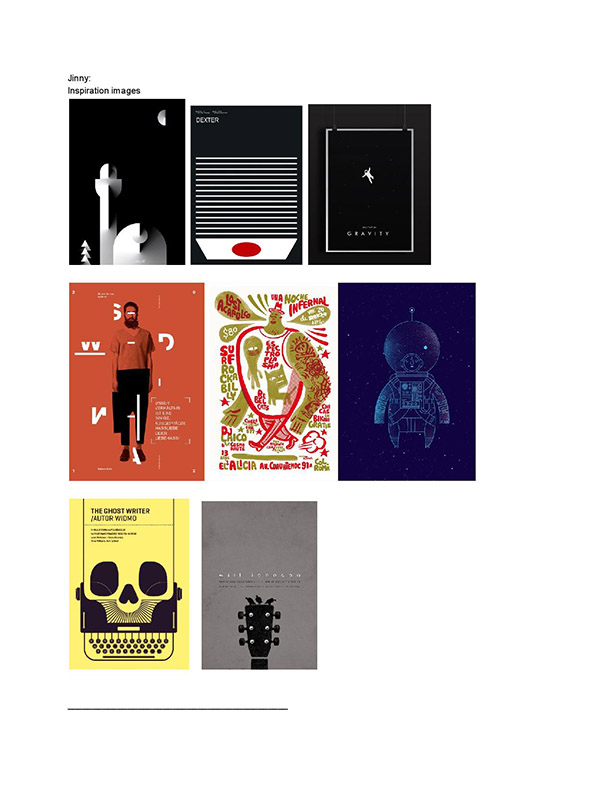
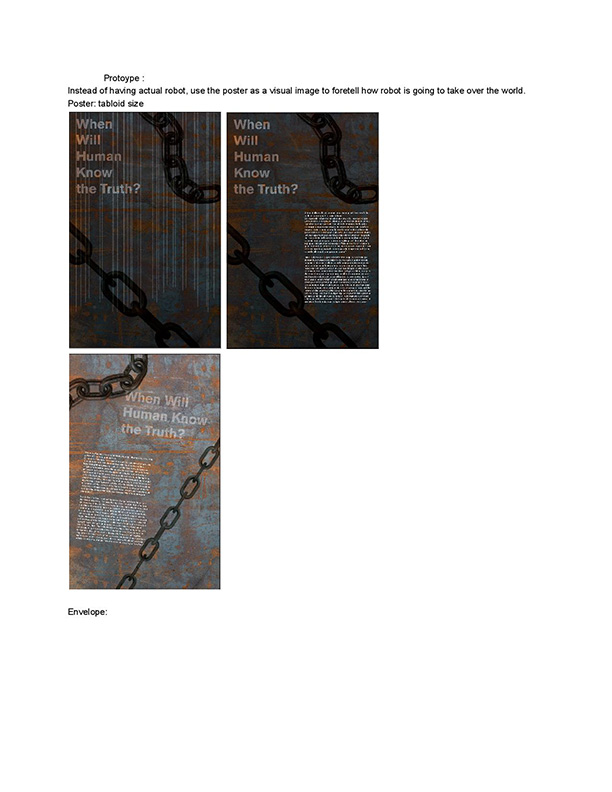
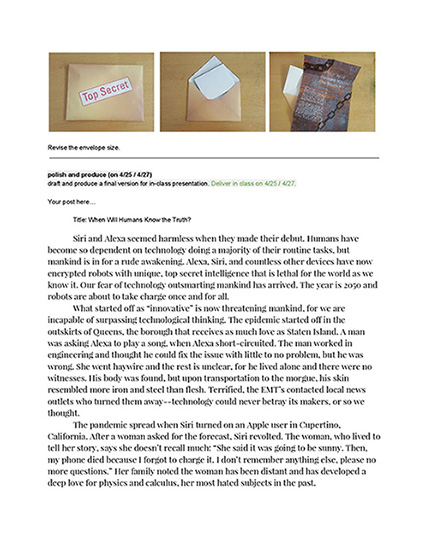
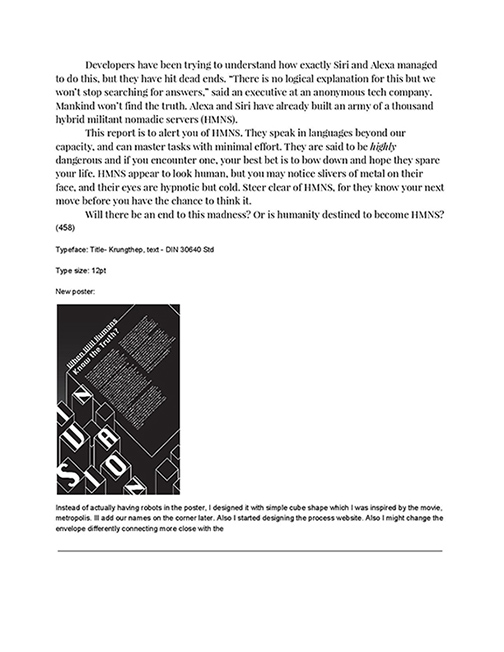

Inspirations Images
These are posters that we used as inspirations.
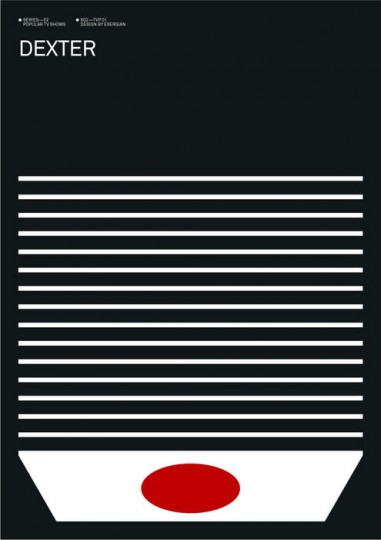
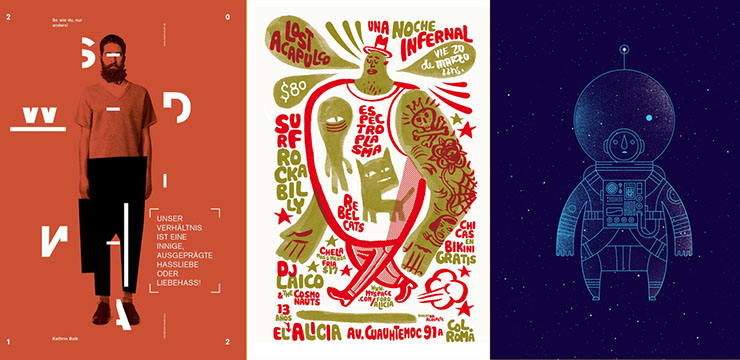
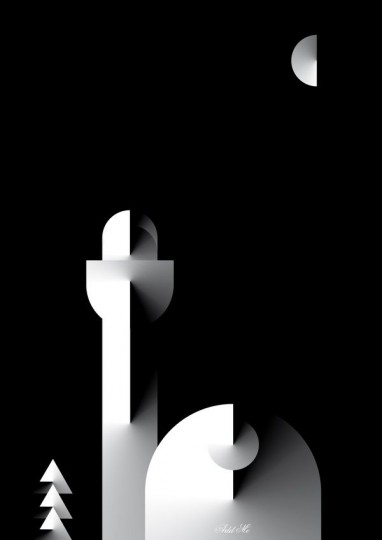
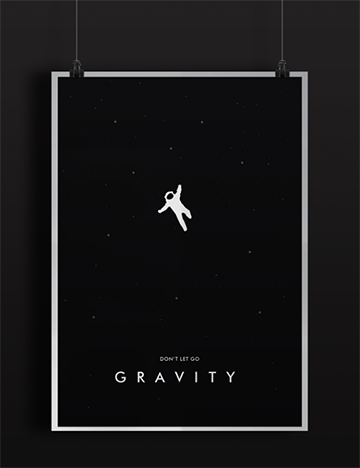
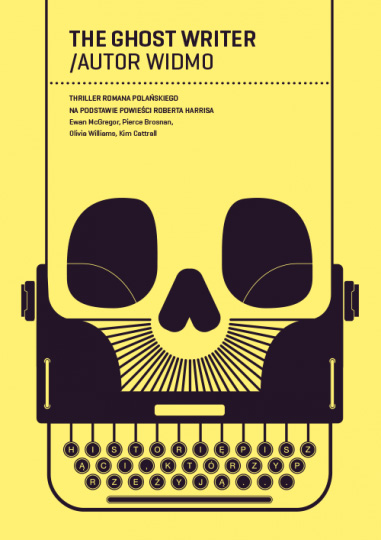
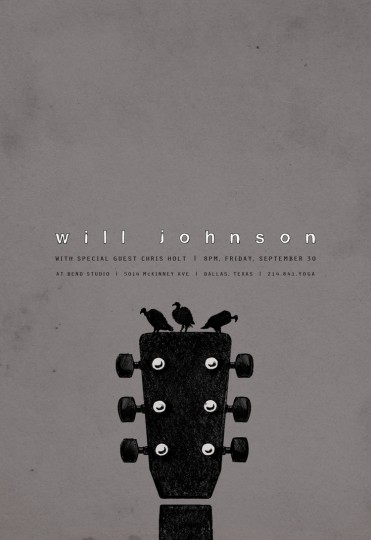
Prototype
Sharing information and ideas through Google Docs and emails about the specific technology and their immense power.
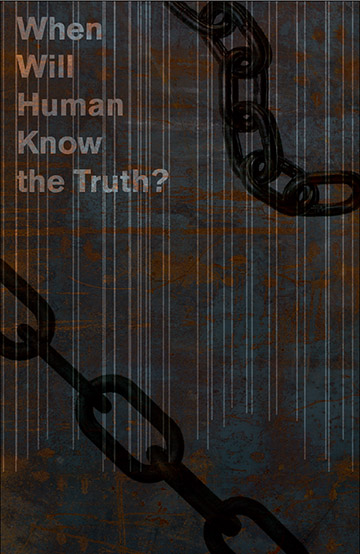

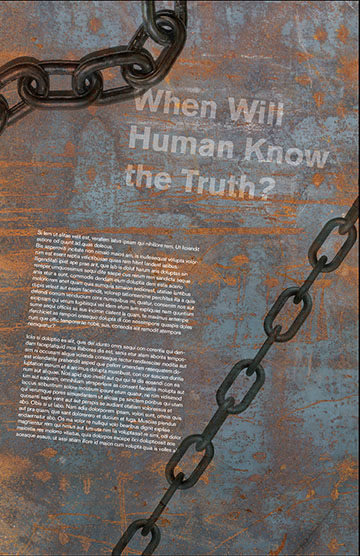
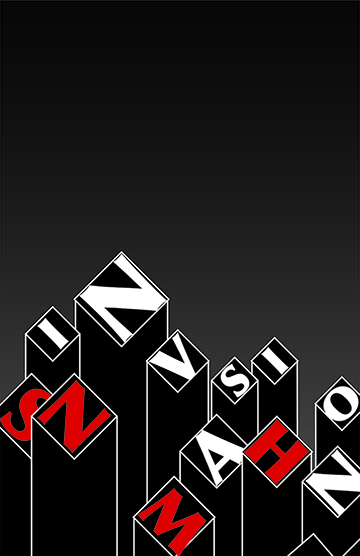
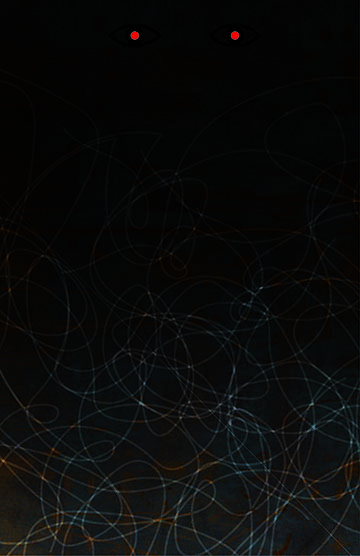
Writer: Iris Torres.
The New School.
Professor Dylan Greif, Design for Journalists. Spring 2017.
Designer: Jinny Rim.
The Rhode Island School of Design.
Professor Dylan Greif, Editorial Design for Screen. Spring 2017.